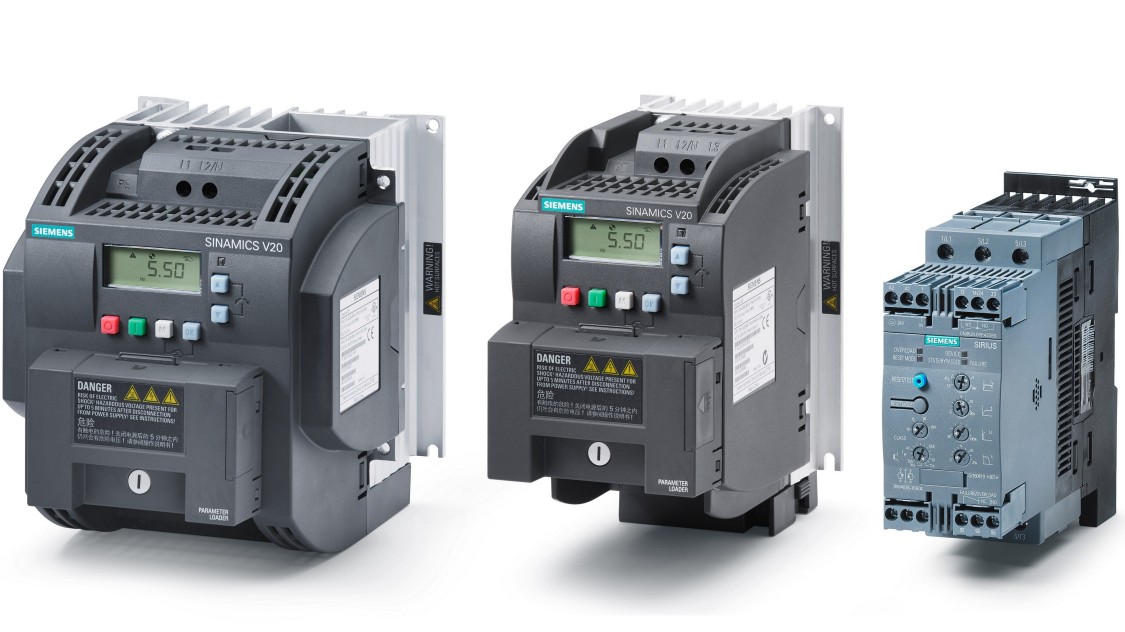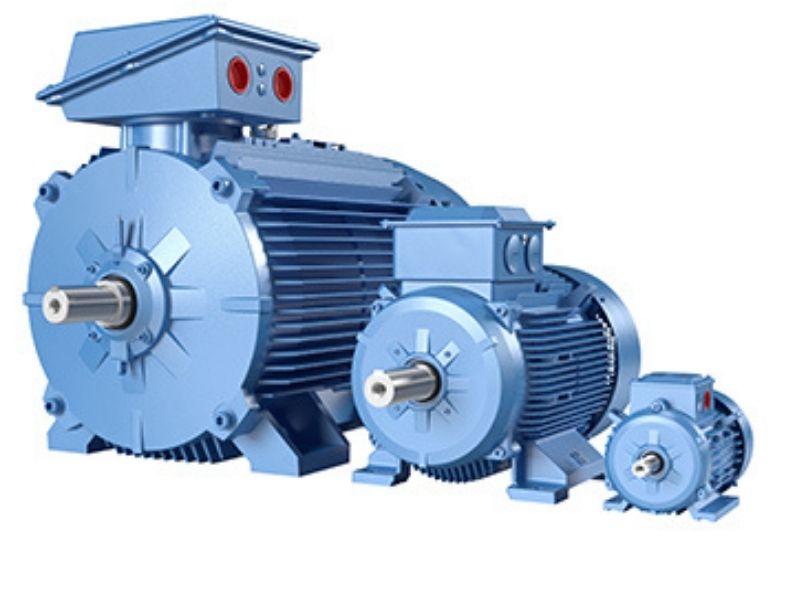Top 10 Mechanical Spare Parts Suppliers in Dubai
Mechanical spare parts play a pivotal role in the smooth operation and maintenance of machinery in industrial, construction, and automotive sectors. Mechanical Spare Parts Suppliers are businesses that source, stock, and distribute components such as bearings, gears, belts, motors, pumps, and valves used to repair or maintain machines and mechanical systems. These suppliers are essential for minimizing downtime, enhancing productivity, and ensuring safety standards across various industries.
In a fast-developing industrial hub like Dubai, the demand for reliable mechanical spare parts is ever-increasing. The city’s industrial sector, which includes manufacturing, construction, shipping, logistics, and automotive services, relies on prompt and efficient suppliers who can provide both standard and specialized parts. Whether it’s an auto repair garage looking for engine components or a manufacturing unit requiring conveyor belts, mechanical spare parts suppliers in Dubai cater to a wide spectrum of client needs.
1. Spinner Sol General Trading LLC
Floor 8, Office No 803-51 P, Al Masraf Tower, Baniyas Rd,
Near To Dar Al Bayan Advocates And Legal Consultants, Deira,
Dubai, 384861
2. Al Zerwa
Trading Co. LLC
Al Quoz Industrial Area 3,
Sheikh Zayed Road,
Dubai, UAE
3. Al Yousuf
Industrial Equipment LLC
Ras Al Khor Industrial Area 2,
Near Al Aweer Fruit & Vegetable Market,
Dubai, UAE
4. Central
Motors & Equipment LLC
Al Quoz Industrial Area 1,
Behind Al Rostamani Building,
Dubai, UAE
5. Al
Hathboor Electricals LLC
Near Clock Tower,
Deira,
Dubai, UAE
6. Al Imran
Mechanical Equipment Trading
Shop No. 5, Al Nakheel Building,
Deira,
Dubai, UAE
7. Al Arabia
Mechanical Equipment Trading LLC
Opp. Grand Mall,
Al Qusais Industrial Area 1,
Dubai, UAE
8. Al Noor
Mechanical Equip. & Spare Parts Trading LLC
Office No. 101, Al Muteena Building,
Al Muteena Street,
Dubai, UAE
9.
Mechatronics Industrial Equipment LLC
Office No. 205, Al Dana Building,
Port Saeed, Deira,
Dubai, UAE
10. Al
Fardan Trading Co. LLC
Opp. Al Tayer Motors,
Sheikh Zayed Road,
Dubai, UAE
Electromechanical Equipment Installation and Maintenance: A Comprehensive Guide in Dubai
Electromechanical equipment plays a vital role in various industries, including manufacturing, power generation, and transportation. The efficient installation, maintenance, and troubleshooting of these systems are crucial for smooth operations and longevity. Below is an in-depth look at the installation and maintenance of electromechanical equipment.
Electromechanical equipment combines electrical and mechanical components to perform specific tasks. Examples include motors, transformers, generators, pumps, fans, and conveyor systems. These systems are essential for automating processes and ensuring the smooth functioning of industrial operations.
Types of Electromechanical Equipment in Dubai
Electromechanical equipment combines electrical and mechanical components to perform various tasks. Here are some types of electromechanical equipment:
- Motors – Convert electrical energy into mechanical motion (e.g., AC motors, DC motors, stepper motors).
- Generators – Convert mechanical energy into electrical energy.
- Transformers – Transfer electrical energy between circuits while changing voltage levels.
- Relays – Electrically controlled switches used to control circuits.
- Solenoids – Coils that create a magnetic field when an electrical current is passed through, used to move a mechanical part.
- Actuators – Devices that convert electrical energy into mechanical motion (e.g., hydraulic, pneumatic actuators).
- Switches – Mechanisms that control the flow of electricity within a circuit.
- Sensors – Convert physical phenomena (like temperature, pressure, or light) into electrical signals.
- Circuit Breakers – Automatic switches that stop the flow of current in case of an overload or short circuit.
- Drives – Systems that control the speed, position, or torque of a motor (e.g., variable frequency drives).
- Automated Machines – Robots or CNC (Computer Numerical Control) machines that combine electrical circuits and mechanical parts to perform tasks automatically.
- Power Supplies – Convert electrical energy into a usable form for various equipment.
Installation of Electromechanical Equipment
Proper installation is critical for ensuring the safety, efficiency, and reliability of electromechanical systems. The installation process generally includes the following steps:
- Site Survey and Planning: A thorough inspection of the site to ensure that all necessary electrical connections, structural supports, and space requirements are in place.
- Unpacking and Inspection: Checking for any damage during transportation and ensuring the equipment matches specifications.
- Mechanical Assembly: Assembling mechanical parts, such as motors, gears, and pumps.
- Electrical Wiring and Integration: Wiring electrical components and integrating control systems.
- Testing and Calibration: Ensuring all parts are functioning correctly through tests and calibration procedures.
Maintenance of Electromechanical Equipment in Dubai
Electromechanical equipment requires proper maintenance to ensure optimal performance, longevity, and safety. Maintenance practices can vary depending on the specific type of equipment, but here are some general guidelines for maintaining electromechanical equipment:
1. Routine Inspections
- Visual Inspections: Regularly check for signs of wear, damage, or overheating on all components, including wires, motors, and switches.
- Lubrication: Ensure that moving parts are properly lubricated to reduce friction and wear, especially in motors, gears, and bearings.
- Alignment: Verify that parts are properly aligned to prevent unnecessary stress or misoperation.
2. Cleaning
- Dust and Debris: Clean dust and debris from fans, motors, and other parts to prevent clogging and overheating.
- Condenser Coils: For systems with refrigerant or cooling mechanisms, clean condenser coils regularly to maintain cooling efficiency.
3. Electrical System Checks
- Circuit Breakers: Test circuit breakers, fuses, and other protective components to ensure they function correctly and prevent electrical failures.
- Wiring Inspections: Check for frayed or exposed wires and ensure connections are tight and secure.
- Battery Health: For battery-powered systems, test batteries regularly and replace them if they show signs of degradation.
4. Mechanical System Checks
- Belts and Pulleys: Inspect for wear or damage in belts and pulleys and replace if necessary.
- Bearing Checks: Bearings should be lubricated and replaced if they show excessive wear.
5. Calibrations and Settings
- Re-calibration: Periodically recalibrate sensors, controllers, or other precision equipment to maintain accurate operation.
- Software Updates: If the equipment relies on software, make sure it’s updated with the latest patches or versions for optimal performance.
6. Testing and Diagnostics
- Functional Testing: Run tests to ensure that the equipment operates as intended, especially after repairs or modifications.
- Diagnostic Tools: Use specialized diagnostic tools to detect faults early and address them before they cause major issues.
7. Environment Management
- Vibration Monitoring: Excessive vibration can be an indicator of misalignment or imbalance, so monitor and mitigate vibration levels.
- Temperature Control: Ensure that the operating environment maintains an acceptable temperature range for the equipment to avoid overheating.
8. Preventive and Predictive Maintenance
- Scheduled Maintenance: Follow a strict maintenance schedule for checking and servicing components based on the manufacturer’s guidelines.
- Predictive Maintenance: Implement technologies like sensors or vibration analysis to predict potential failures before they happen, allowing for proactive repairs.
9. Documentation and Records
- Service Logs: Maintain detailed records of all inspections, maintenance, repairs, and replacements.
- Manufacturer’s Guidelines: Follow the manufacturer's maintenance recommendations to ensure equipment is maintained properly and under warranty.
10. Safety Precautions
- Lock-out/Tag-out (LOTO): When performing maintenance on electrical equipment, always follow lock-out/tag-out procedures to ensure worker safety.
- Proper Training: Ensure that personnel working on electromechanical systems are properly trained and understand the equipment’s operation, as well as safety protocols.
Troubleshooting Common Electromechanical Equipment Issues
Some common issues in electromechanical equipment include:
- Motor Failures: Can be caused by electrical faults, overheating, or mechanical wear.
- Electrical Shorts: May occur due to faulty wiring or worn insulation.
- Vibration Issues: Can be caused by misalignment, damaged bearings, or unbalanced components.
- Overheating: Often results from electrical overload or inadequate cooling systems.
Safety Considerations
When handling electromechanical equipment, safety is paramount. Here are some best practices:
- Ensure Proper Grounding: Electrical systems must be grounded to prevent electric shocks.
- Wear Personal Protective Equipment (PPE): Technicians should wear gloves, safety glasses, and appropriate footwear.
- Lockout/Tagout Procedures: Always isolate power sources before working on equipment to prevent accidents.
- Fire Safety: Electrical systems should be inspected regularly to prevent overheating and fire hazards.
About Electromechanical Equipment Installation and Maintenance in Dubai
Q1: How often should electromechanical equipment be serviced?
A1: The frequency of servicing depends on the type of equipment and its
usage. Generally, preventive maintenance should be carried out at regular
intervals, such as monthly or quarterly. However, high-use equipment may
require more frequent servicing.
Q2: What are the signs that electromechanical equipment needs
maintenance?
A2: Signs include unusual noise, vibrations, overheating, poor performance,
or frequent breakdowns. Any of these could indicate the need for inspection or repair.
Q3: Can electromechanical equipment be installed without
professional assistance?
A3: While minor installations might be handled by experienced personnel,
it’s advisable to hire professionals for the installation of complex
electromechanical equipment to ensure safety and compliance with regulations.
Q4: What is the cost of maintaining electromechanical equipment?
A4: Maintenance costs vary depending on the type of equipment, its age, and
the extent of repairs needed. Preventive maintenance is generally more
cost-effective in the long run compared to corrective maintenance.
Q5: How can the lifespan of electromechanical equipment be
extended?
A5: Regular preventive maintenance, proper lubrication, ensuring that the
equipment is used within its designed limits, and addressing issues promptly
can significantly extend the lifespan of electromechanical equipment.
Q6: What tools and equipment are needed for electromechanical
maintenance?
A6: Essential tools include multimeters for electrical testing, wrenches and
screwdrivers for mechanical assembly, lubrication tools, thermal cameras for
identifying overheating, and vibration analyzers.
Q7: Is training required for electromechanical maintenance?
A7: Yes, personnel involved in the installation and maintenance of
electromechanical equipment should be adequately trained in safety procedures,
technical skills, and troubleshooting techniques to ensure effective and safe
operations.

